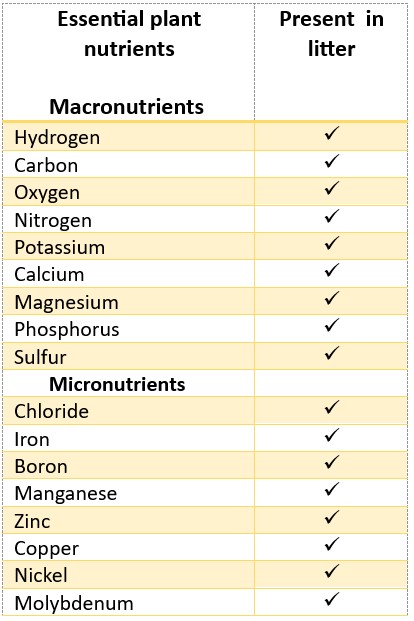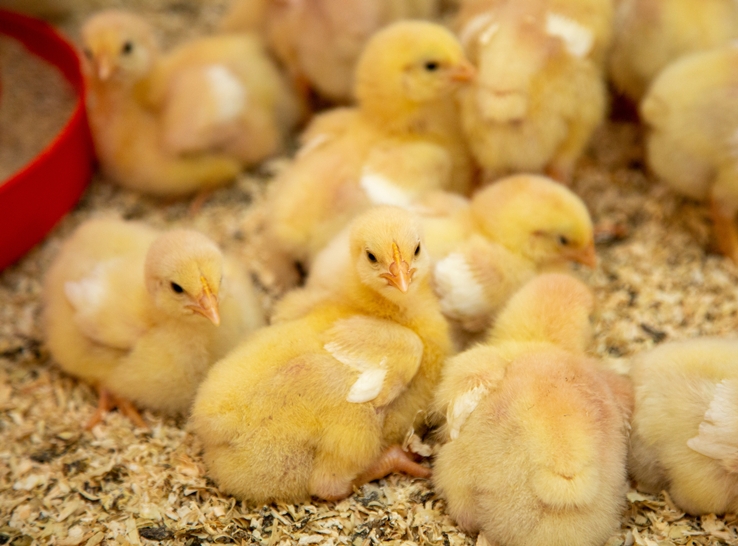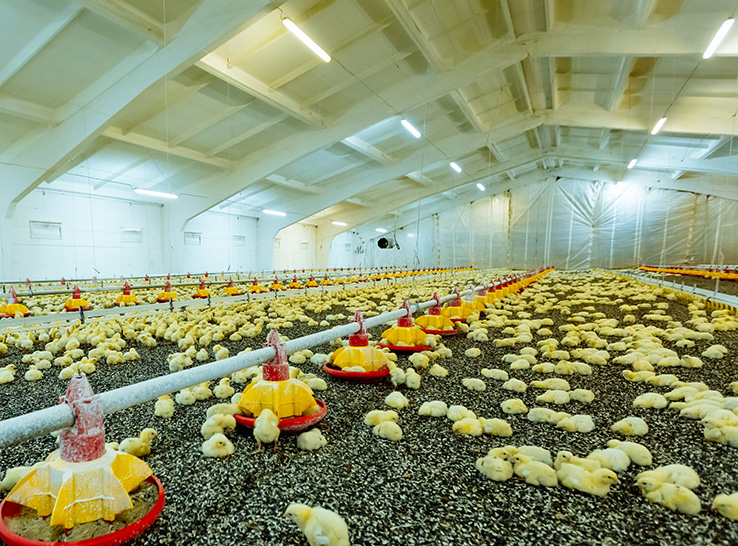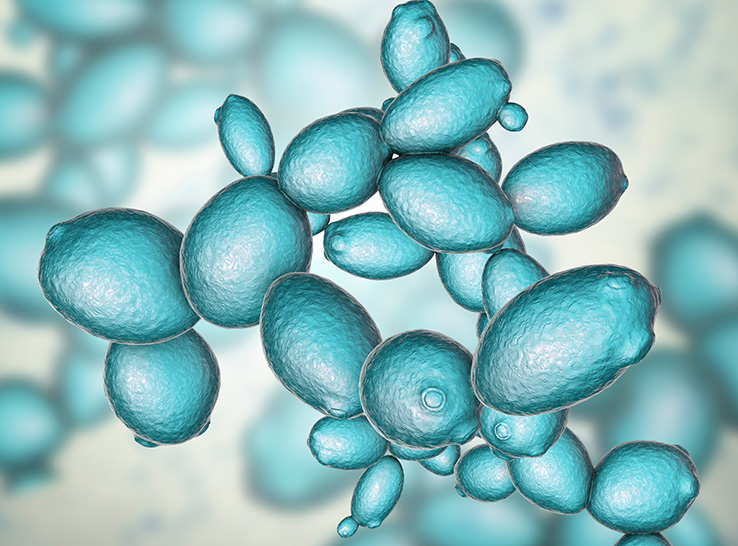For as long as anyone can remember, crop farmers in poultry areas have depended on used poultry litter as a slow-release fertilizer.
The only hitch: A surge of weeds often follows application. Are there weed seeds in the used litter? Or does the litter simply stimulate growth of weed seeds that are already in the soil?
“There has always been a myth perpetuated that chicken litter contains weed seed,” Brian Fairchild, PhD, professor and Extension poultry scientist, tells Modern Poultry.
His colleague, Garret Ashabranner, graduate research assistant at the University of Georgia, also defended the use of poultry litter as fertilizer.
“Poultry litter is a valuable resource for rejuvenating soil,” he said. It provides what he calls the “big three” — nitrogen, phosphorus and potassium — as well as 15 other elements essential for plant growth, including sulfur, iron, manganese and zinc.

It’s important to understand that litter is simply poultry manure and bedding; neither should contain many seeds, according to Ashabranner. “Weed-seed contamination of grain is typically low — usually 1.9%.”
Processing grain into feed destroys what viable seeds might have been present. Crushing, milling, steaming and pelletizing the grain leaves little chance any weed seed could remain intact and viable.
“If litter is stored in a stack house, wind or wild animals could bring in weed seed,” Ashabranner said. “Weeds might grow around the stack house from nutrients provided by litter deposited during loading and unloading, but we have not seen weeds in the stack house.”
The poultry scientists say the surge of weeds following litter applications may have more to do with what’s in the soil than in the litter.
They note that weed seeds lie dormant in all soils just waiting for the ideal conditions to sprout, grow and produce seeds. Studies have shown seeds can last 50 or even 100 years. Native annuals — giant foxtails, for example — can distribute thousands of seeds twice as fast as forage and grain crops. That means millions of seeds may be present in soils at any given time.
“Inevitably, dormant weed seeds germinate in pastures due to higher fertility — a combination of macronutrients and micronutrients along with organic acids — not because there are weed seeds in poultry litter,” Ashabranner says.
Slow-release fertilizer
Chicken litter acts as a slow-release fertilizer, Ashabranner adds. With water availability and the work of soil microbes, organic nutrients in poultry litter break down into smaller components and minerals, providing a slow release of usable minerals.
The bedding materials used in poultry litter — peanut shells, rice hulls, shavings, straw or something else — add organic matter and act as a buffer, but they don’t change the nutrient profile of the litter. However, the specific feed given to poultry and the type of birds raised can affect concentration of nutrients within the litter.
For example, broiler litter offers more balanced nitrogen, phosphorus and potassium at higher levels compared to layer, pullet or breeder litter, Ashabranner says.
Poultry litter may not have the correct ratio of nutrients best suited for each plant. However, testing the litter and soils and adjusting the litter-application rate to match the selected crop can provide a boost in production while reducing input costs.
Solving the surge
Still, questions remain about the surge of weeds that follows the application of poultry litter as fertilizer.
Ashabranner designed a simple demonstration to investigate if chicken litter contained weed seeds or if the boost of nutrients from the litter stimulates weeds to grow.
He filled two cups with sterilized potting soil and two cups with sterilized potting soil and broiler litter (representing an application rate of 30 tons per acre).
Ashabranner then planted mustard seeds in one cup with the sterilized potting soil and in one cup with the litter and potting soil mixture.
“The results were intriguing,” he and Fairchild report in a recent bulletin. “The cups without any introduced seeds did not show any signs of growth. However, in contrast, the cups containing mustard seeds, whether in potting soil or the soil/litter mixture, exhibited successful germination.”
This demonstration showed that litter alone doesn’t contain seeds. However, when viable seeds are present, the litter promotes their growth.
“While chicken litter may not contain the exact ratio of nutrients needed, it is a well-rounded source of essential nutrients,” Ashabranner says. “Almost every essential plant nutrient can be found in chicken litter.”







